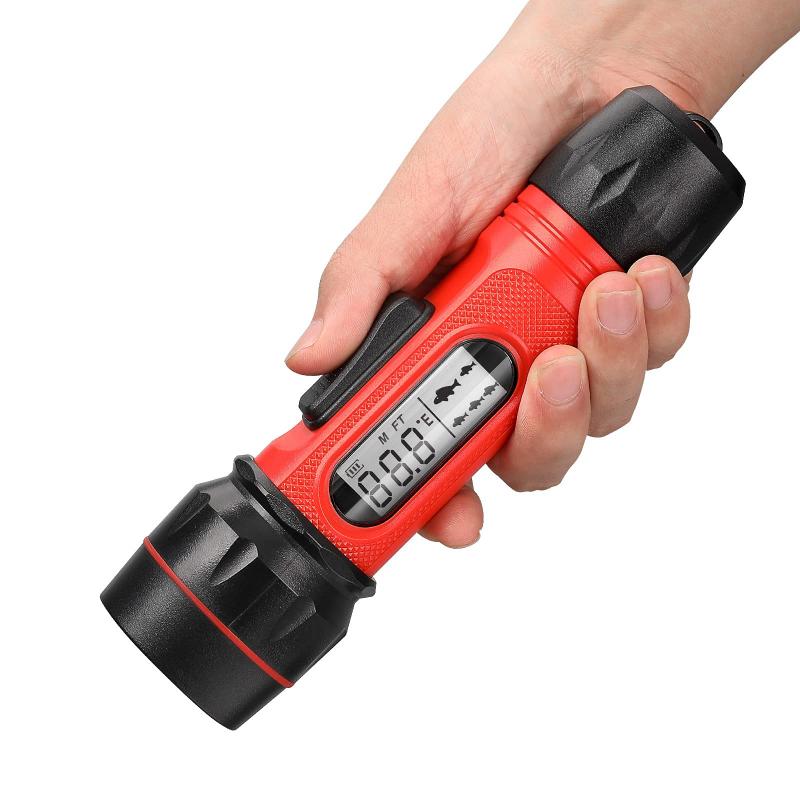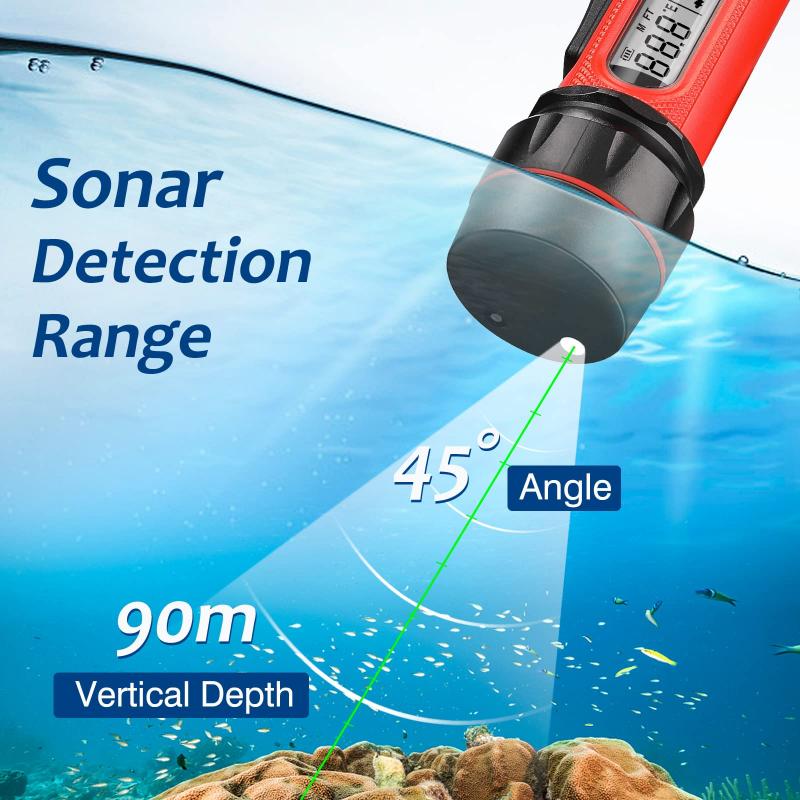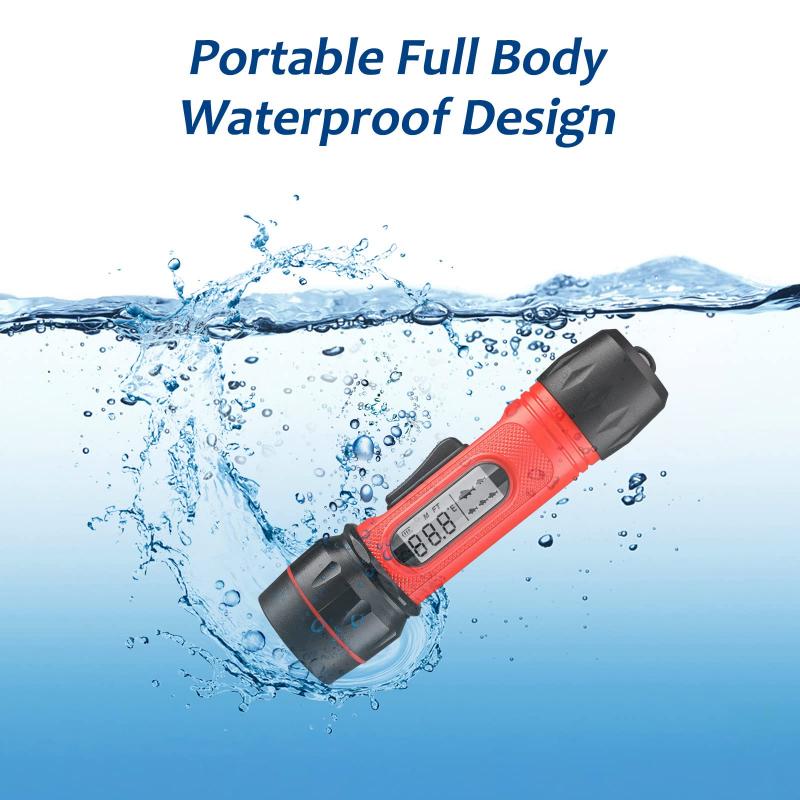How Does A Fish Finder Work?
Fish finders are essential tools for anglers, both amateur and professional, who want to enhance their fishing experience by locating fish more efficiently. Understanding how a fish finder works can significantly improve your fishing success and make your time on the water more enjoyable. In this article, we will delve into the mechanics of fish finders, the technology behind them, and how to use them effectively.
The Basics of Fish Finders

A fish finder is an electronic device that uses sonar technology to detect objects underwater, including fish, the bottom of the water body, and other submerged structures. The primary components of a fish finder include the transducer, the display unit, and the power source.
1. Transducer: The transducer is the heart of the fish finder. It emits sound waves into the water and receives the echoes that bounce back from objects. These sound waves are typically in the ultrasonic range, which is above the range of human hearing.
2. Display Unit: The display unit processes the signals received by the transducer and converts them into visual data that can be interpreted by the user. This data is usually displayed on an LCD or LED screen.
3. Power Source: Fish finders are powered by batteries, which can be either built-in rechargeable batteries or replaceable ones. Some larger units may be connected to the boat's power system.
How Sonar Technology Works

Sonar, which stands for Sound Navigation and Ranging, is the technology that fish finders use to detect objects underwater. Here’s a step-by-step explanation of how sonar works in a fish finder:
1. Emission of Sound Waves: The transducer emits sound waves in a cone-shaped pattern into the water. These sound waves travel through the water until they hit an object, such as a fish, the bottom, or underwater structures.
2. Reflection of Sound Waves: When the sound waves hit an object, they bounce back to the transducer. The time it takes for the sound waves to return is measured by the fish finder.
3. Processing the Echoes: The fish finder calculates the distance to the object based on the time it took for the sound waves to return. This information is then processed and displayed on the screen.
4. Visual Representation: The display unit shows a visual representation of the underwater environment. Fish are usually displayed as arches or icons, while the bottom and other structures are shown as continuous lines or shapes.
Types of Fish Finders

There are several types of fish finders available, each with its own set of features and capabilities. Understanding the differences can help you choose the right one for your needs.
1. Standalone Fish Finders: These are basic units that focus solely on detecting fish and underwater structures. They are ideal for anglers who want a simple, easy-to-use device.
2. Combination Fish Finders: These units combine fish finding capabilities with other features such as GPS and chart plotting. They are perfect for anglers who want an all-in-one solution for navigation and fish detection.
3. Networked Systems: These are advanced systems that can be integrated with other marine electronics on your boat, such as radar, autopilot, and weather sensors. They are suitable for serious anglers and professionals who need comprehensive data and control.
Interpreting Fish Finder Data

To make the most of your fish finder, it’s essential to understand how to interpret the data displayed on the screen. Here are some key elements to look for:
1. Fish Icons and Arches: Fish are often displayed as arches or fish-shaped icons. The size and color of the icons can indicate the size and type of fish.
2. Bottom Contour: The bottom of the water body is shown as a continuous line. A flat line indicates a smooth bottom, while a jagged line suggests a rocky or uneven bottom.
3. Depth: The depth of the water is usually displayed as a number on the screen. This information is crucial for determining the best fishing spots.
4. Water Temperature: Some fish finders also display the water temperature, which can be useful for locating fish that prefer specific temperature ranges.
5. Structure and Vegetation: Underwater structures such as rocks, logs, and vegetation are shown as shapes or clusters on the screen. These areas are often good spots to find fish.
Tips for Using a Fish Finder Effectively
To get the best results from your fish finder, follow these tips:
1. Proper Installation: Ensure that the transducer is correctly installed and positioned. It should be mounted in a location where it has a clear path to emit and receive sound waves without interference.
2. Adjust Settings: Familiarize yourself with the settings on your fish finder and adjust them according to the water conditions. Sensitivity, depth range, and frequency are some of the settings you may need to tweak.
3. Read the Manual: Each fish finder model is different, so it’s essential to read the manual and understand the specific features and functions of your device.
4. Practice: Spend time on the water practicing with your fish finder. The more you use it, the better you will become at interpreting the data and identifying fish.
5. Combine with Other Techniques: Use your fish finder in conjunction with other fishing techniques, such as visual observation and knowledge of fish behavior, to increase your chances of success.
A fish finder is a powerful tool that can significantly enhance your fishing experience by helping you locate fish more efficiently. By understanding how a fish finder works, the technology behind it, and how to interpret the data, you can make the most of this device. Whether you are a casual angler or a professional, investing in a good fish finder and learning how to use it effectively can lead to more successful and enjoyable fishing trips.
